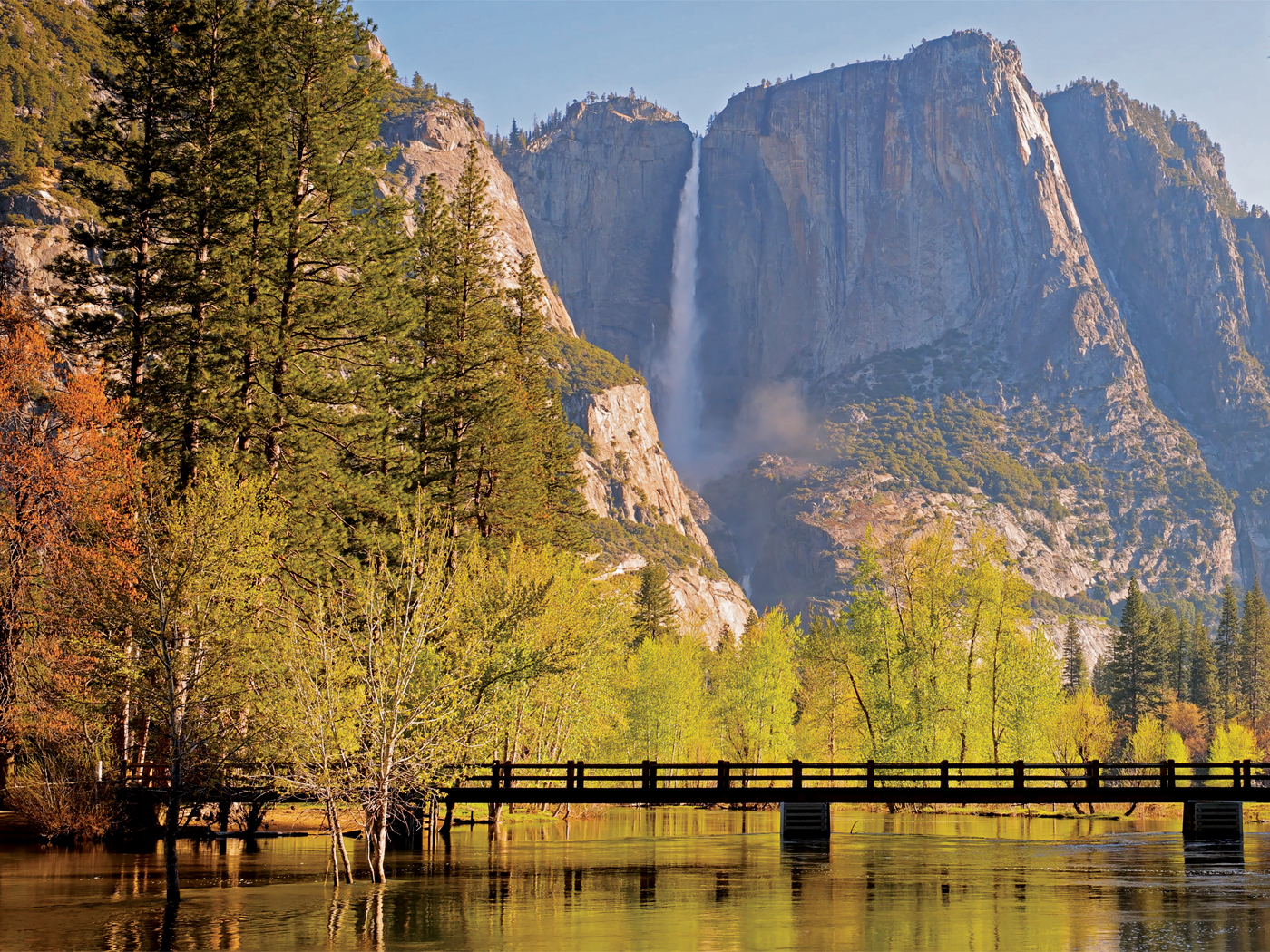What is the recipe for making an iceberg? Scientists know the basics from watching polar-ice sheets. Huge chunks calve, slide off, and float away as icebergs. But that’s for modern icebergs. New research reveals evidence of ancient icebergs that would dwarf today’s frozen floating mountains, leaving secular explanations out in the cold.
Researchers from Germany’s Alfred-Wegener Institute (AWI), Helmholtz Centre for Polar and Marine Research, published in Geophysical Research Letters their discovery of five deep scours at almost 4,000 feet below sea level and about 250 miles off Greenland’s eastern coast at Hovgaard Ridge.1 There, the Fram Strait permits polar ice to enter one of the world’s larger oceans, an annual process that helps regulate marine ecosystems and global weather patterns.
The study authors supplied a few answers to explain what they found. First, during the Ice Age, much of today’s ocean water had frozen into huge ice sheets on continents. That made the ancient sea level significantly lower. An AWI press release said, “Since sea level during the glacial period was a good 120 metres [~400 feet] lower than today, the [Ice Age] icebergs reached to a depth of at least 1,080 metres [~3500 feet] below sea level.”2 That helps explain how an iceberg could have reached that far down—it wasn’t always that far down.
But today’s largest icebergs occur in the Antarctic and reach little more than 2,000 feet below the sea surface, so icebergs that reach a depth of 3,500 feet are unheard-of. Lead author of the report and AWI bathymetrician Jan Erik Arndt said, “To calve such megascale icebergs, the edge of the ice sheet covering the Arctic Ocean must have been at least 1,200 metres [~4,000 feet] thick.”
That’s a lot of ice. That appears to be far too much for today’s normal weather processes to generate. There’s not enough snowfall, and summers are too warm. AWI wrote, “One remaining riddle is the birthplace of the massive icebergs that scraped Hovgaard Ridge.”2
This ancient iceberg riddle dovetails with the riddle of the Ice Age itself. Dozens of secular climate models have failed to explain the extreme accumulation of ice on top the ancient continents. Fortunately, one model explains it quite well. Unfortunately for those who insist on million-year timescales, the key to accumulating enough ice is a much shorter weather timescale.
The recipe for making an Ice Age calls for hot oceans and a colder atmosphere.
Oceans had to have heated fast enough to encourage extreme evaporation. Only then could enough water evaporate into the atmosphere where it would cool, and then fall on the continents and add to an ice sheet. Creation geologists cite dramatic increases in volcanic activity across the entire ocean floor during Noah’s Flood to supply this heat.3
Assuming a biblical timeline, massive amounts of volcanic activity took place during the Flood year and immediately afterward. The volcanic ash from these eruptions would have blocked out enough solar radiation to cool the atmosphere for hundreds of years after the Flood waters subsided—just what was needed to form the thick ice sheets that existed during the centuries-long ice age.
Secular models don’t work because they separate heating events like underwater volcanic eruptions too far apart in time. Given a timescale of hundreds of years, not millions, rapid sequential volcanoes could produce the heat required to build giant ice sheets—and the colossal icebergs that Arndt’s research indicates they calved.4
References
- Arndt, J. E. et al. 2014. Deep water paleo-iceberg scouring on top of Hovgaard Ridge–Arctic Ocean. Geophysical Research Letters. 41 (14): 5068-5074.
- Megascale icebergs run aground: Finding the deepest iceberg scours to date provides new insights into the Arctic’s glacial past. Alfred-Wegener Institute. Posted on awi.de August 5, 2014, accessed August 14, 2014.
- Morris, J. 2012. The Global Flood. Dallas, TX: Institute for Creation Research.
- In addition to hot oceans, sequential summers would have to remain cool enough to not melt the winter-accumulated ice. Closely timed post-Flood volcanoes explain this by adding sunlight-deflecting aerosols to Earth’s atmosphere. “Therefore, the Ice Age is still a mystery to uniformitarian scientists because of their belief in millions of years! Since they incorrectly believe these volcanic eruptions to be separated by vast amounts of time, they are unable to fully make use of this potent cooling mechanism. Thus, we see that the Bible’s short 6,000 year timescale, rather than being an impediment to scientific understanding, is actually one of the keys that enable us to explain the Ice Age.” Hebert, J. 2014. The Ice Age and the Flood. Dallas, TX: Institute for Creation Research, 42.
* Mr. Thomas is Science Writer at the Institute for Creation Research.
Article posted on September 15, 2014.




















